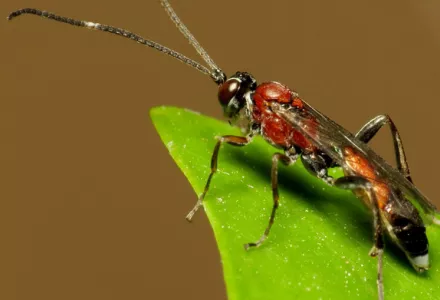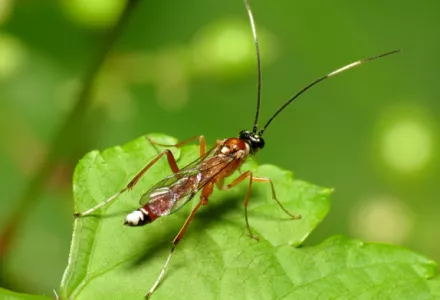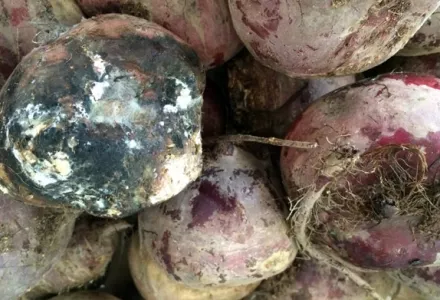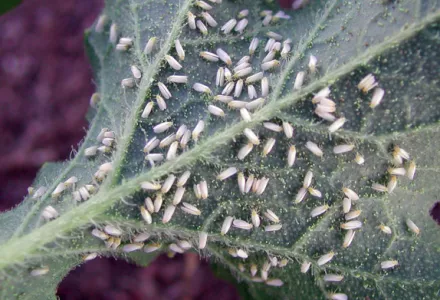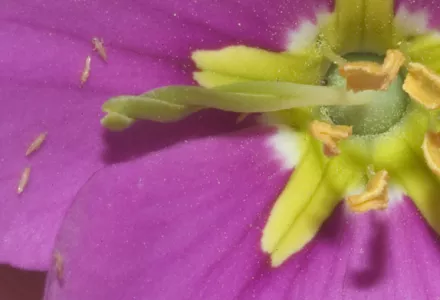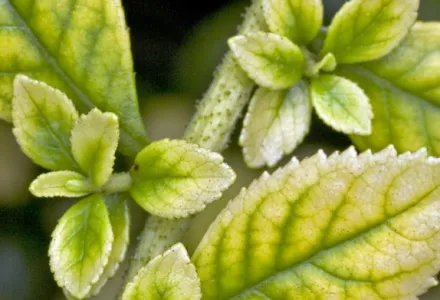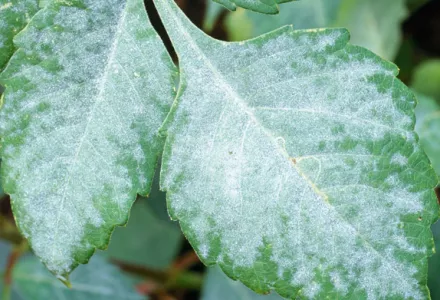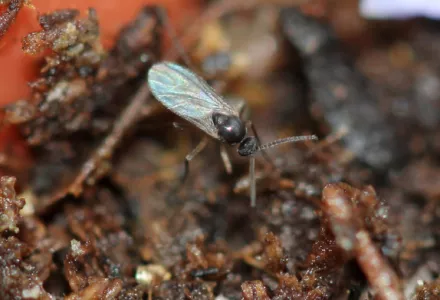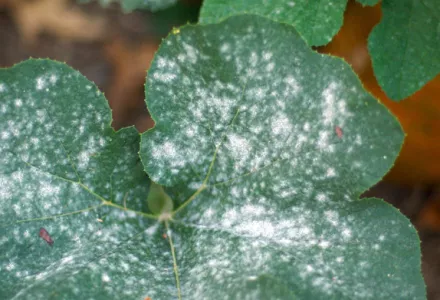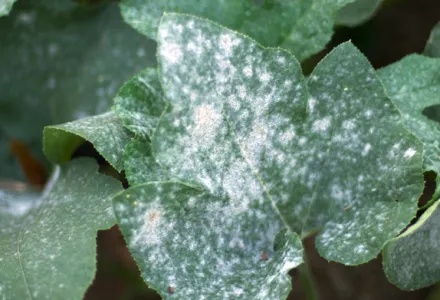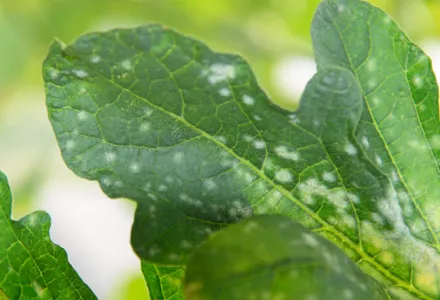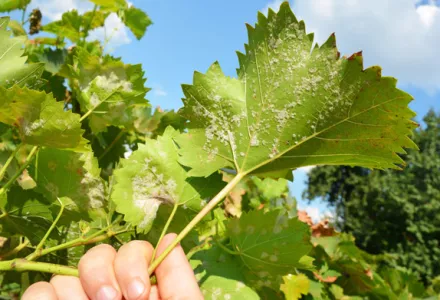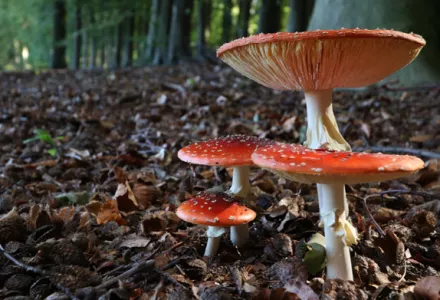Spider mites are a pest that affects many crops worldwide. There are well over 1200 species of spider mite, of which more than a hundred can be considered as a pest, and about ten of those as major pests. The most well-known and problematic spider mite is Tetranychus urticae (common names include red spider mite and two-spotted spider mite). Their ability to reproduce extremely rapidly enables them to cause enormous damage in a short period of time. Learn more about other pests such as aphids, fungus gnats, whiteflies and thrips in our pests and diseases guide.
Spider mites have needle-like sucking mouthparts. They feed by penetrating the plant tissue with their mouthparts. Large populations may cover entire plants with webbing. These webs are also used to move themselves. Because spider mites are so small they can move through ventilators.
What are spider mites in short
What are spider mites?
Spider mites are not insects but are more closely related to spiders, they belong to a class called Arachnida.
What can you see?
Spider mites (most) spin a silk webbing. When spider mites infest plant leaves, they damage plant tissue leaving yellowing and dead spots that coalesce until the entire leaf is affected. The leaf will turn yellow, wilt and finally be shed. Other mites include varieties that do not spin webs and live in the plant bud terminals where damage is not seen until tip expansion.
What can you do about spider mites?
Spider mites have several natural enemies that can be used to control the population.
Biological cycle of spider mites
Each female two-spotted spider mite lays 10-20 eggs per day, 80-120 altogether during its life cycle of up to 4 weeks. These are mostly attached to the silk webbing. The six-legged larvae hatch after 3-15 days. Newly hatched larvae are almost colourless and have bright red eyes. They moult three times within 4-5 days, towards protonymph, then deutonymph and at last adult. Both adults and nymphs have 8 legs.
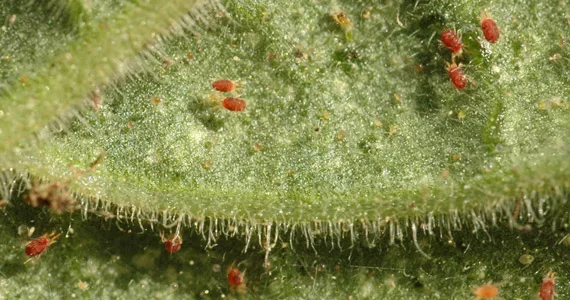
Symptoms of spider mites
The first visible symptoms are small yellowish or whitish specks, mainly around the midrib and larger veins. If these spots grow bigger and merge, the empty cells give some areas of the leaf a whitish or silverytransparent appearance.
How to prevent spider mites?
To minimize the risk and rapid spread of spider mite infestations, try to keep the temperature lower (<25 °C) and the humidity higher (>60 %), since this will slow the rate of reproduction. However, higher humidity is needed for the predators of spider mite. Keep your growing areas clean, remove leaf litter. Adequate irrigation is important, because water-stressed plants are more likely to be damaged.
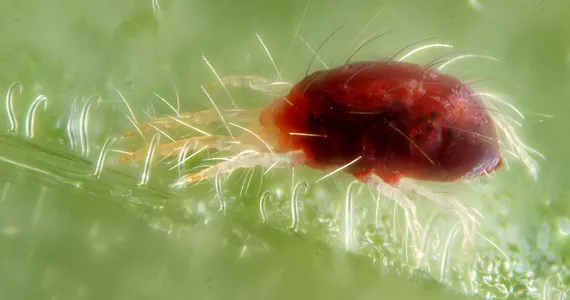
Spider mite control
When you see spider mites (recognizable by silk webs on top of the leaves), remove the affected leaves. Flush the plant thoroughly with a mixture of alcohol and soap. Repeat this treatment several times a week.
You can also use natural enemies: predatory mites, ladybirds, predatory bugs and lacewings.

